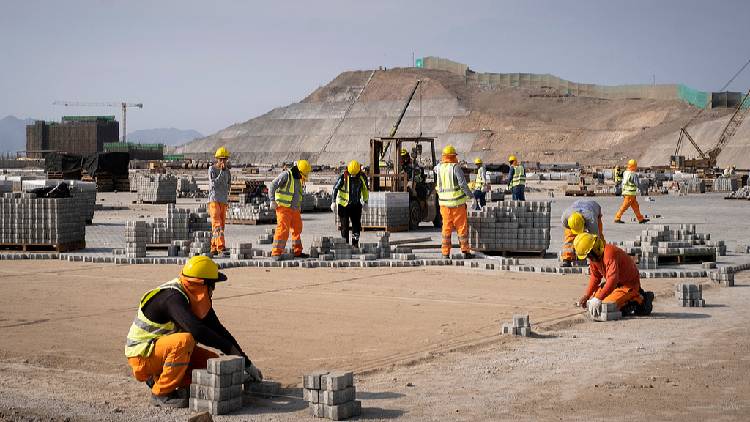Collaboration Between China and Latin America Expands Through Technological Innovation
China and Latin America are enhancing their relationship through joint technological projects that encompass areas such as wildlife conservation and digital infrastructure. By utilizing cutting-edge AI, green energy, and cloud technologies, these collaborations are promoting both economic growth and environmental sustainability throughout the region.

The Tech4Nature project, initiated by Chinese tech powerhouse Huawei, employs cloud and artificial intelligence technologies to assist local conservationists in the preservation of this endangered animal. Utilizing an acoustic monitoring platform developed with the nonprofit Rainforest Connection, the technology is capable of recognizing animal sounds and notifying rangers of potential threats such as poaching and illegal logging. This ability for rapid response is proving crucial for the conservation of sensitive ecosystems.
This initiative exemplifies China's expanding influence in Latin America through technological advancements. In addition to wildlife protection, China's digital and AI technologies are also making significant contributions to environmental conservation and economic growth in the region.
For example, Chinese researchers are aiding marine ecosystem studies in Ecuador by employing digital twin technology, which simulates ocean systems to generate essential data for conservation initiatives. Furthermore, Chinese cloud technology is firmly establishing its presence in countries like Brazil and Mexico, assisting local businesses in lowering costs and enhancing data security and storage efficiency.
The cooperation between China and Latin America in scientific and technological innovation has produced notable outcomes, such as the China-Brazil Earth resources satellite program and the creation of an astronomy research center in Chile.
"China's development in 5G technology, low-carbon solutions and energy transformation is not just an economic opportunity but also a contribution to combating climate change," remarked Marco Aurelio Alves de Mendonca, a researcher at the Brazilian Institute of Applied Economic Research. He added that these advancements are anticipated to facilitate future collaborations.
Professor Yuan Dongzhen, deputy director of the Latin American Institute at the Chinese Academy of Social Sciences, observes that the dynamics of China-Latin America cooperation are rapidly evolving.
"Traditional areas of collaboration have strengthened, while new fields are experiencing significant growth," Yuan indicated. Key sectors such as green energy, the digital economy, satellite technology, and cross-border e-commerce have emerged as crucial components of this partnership.
Technological collaboration is also enhancing infrastructure connectivity.
As of September 2023, China had completed over 200 infrastructure projects throughout Latin America, including railways, airports, and power facilities, which have bolstered local employment and stimulated economic development. In Peru, the Chancay Port project, spearheaded by China's COSCO Shipping, is poised to improve trade relations between Latin America and Asia.
"Once operational, the port will reduce shipping time between Peru and China, transforming Peru into a major gateway for Latin American goods," noted Aquino. Peruvian businessman Sen Rui echoed this sentiment, highlighting the advantages for local traders by cutting transit times in half.
Additionally, the renovation and expansion of St. John's Harbor in Antigua and Barbuda, completed in 2022 under China's Belt and Road Initiative, has turned the harbor into a pivotal transport hub in the Caribbean, capable of accommodating multiple container and cruise ships simultaneously, thereby further enhancing regional connectivity.
Fueled by the collaborative efforts under the Belt and Road Initiative, investment cooperation between China and Latin America across various sectors has flourished. China's investment in Latin America has seen substantial growth, totaling $596.2 billion by the end of 2022—almost seven times the figure from 2013.
Collaboration in high-tech sectors, including green energy and space exploration, has become a focal point, with Chinese tech firms pioneering digital infrastructure across the region. By introducing innovations such as 5G, cloud computing, and digital village initiatives, Latin America is emerging as a key player in China's broader ambitions in the global digital economy.
Jessica Kline for TROIB News
Discover more Science and Technology news updates in TROIB Sci-Tech












